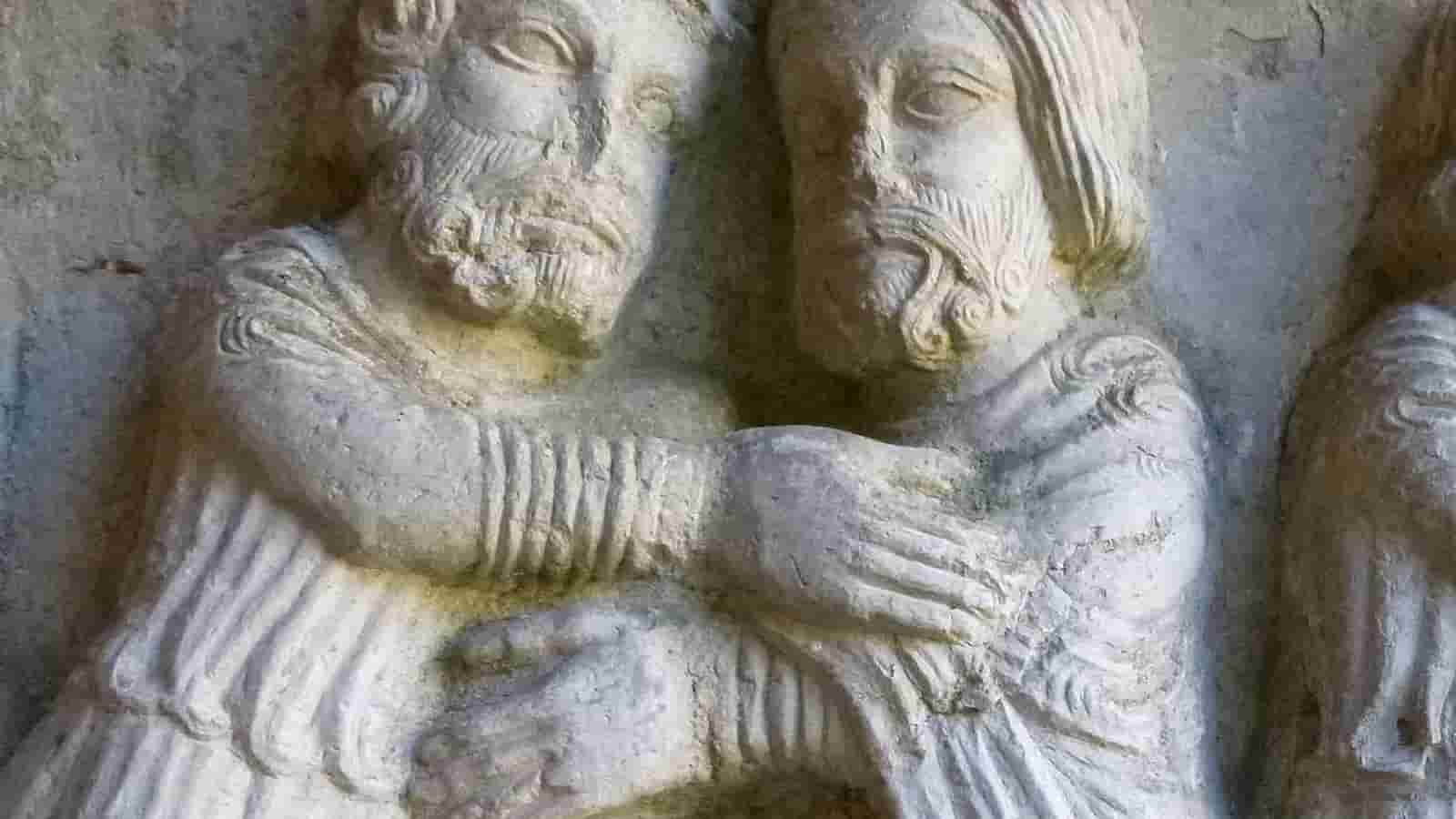Hug a Medievalist Day 2024 (US): March 31st is designated as Hug a Medievalist Day. A day to express affection towards medievalists. The philosophy, art, and culture of medieval Europe profoundly captivate these people. Medievalists are recognized for their scholarly examination of various facets of culture, including architecture, literature, music, and art from this era.
Sarah Laseke, a candidate for an MS in Medieval Literature at the prestigious University of Oxford, came up with the idea to commemorate this occasion. She determined that the day should be celebrated officially in honor of medievalists as well, so she created the event on Facebook. Laseke aspired to organize a day that would garner significant attention for medievalists.
Hug a Medievalist Day History
The medieval period, alternatively referred to as the Middle Ages spanned an estimated duration of five hundred years until the late fifteenth century in Europe. It followed the decline of the Western Roman Empire and was accompanied by the Renaissance and Age of Discovery. In the three traditional divisions of Western history—classical antiquity, the Middle Ages, and the Modern Era—the Middle Ages are situated in the middle.
The Middle Ages are classified as follows: early, high, and late. Population decline, counter-urbanization, the collapse of centralized authority, invasions, and mass migrations of tribes all transpired during the Early Middle Ages. Large-scale migrations during the migration period established new kingdoms in the Western Roman Empire’s remnants. Population growth in Europe was substantial during the High Middle Ages as a result of technological and agricultural developments that facilitated trade and the climatic transition of the medieval warm period, which increased crop yields.
The most difficult era was the late Middle Ages. It was characterized by a series of challenges and catastrophes, such as pestilence, famine, and war, which notably reduced the population of Europe. Between 1347 and 1350, approximately one-third of Europeans perished in the Black Death. The Catholic Church experienced division, heresy, and Western Schism in the wake of the kingdoms’ interstate conflict, civil strife, and peasant uprisings. Transitions in culture and technology during the early modern period reshaped European society as the late Middle Ages came to an end.
Holy Thursday 2024 (US): History, Activities, FAQs, Dates, and Facts About Jesus
National Ram Day 2024: Activities, History, FAQs, and Activities
National Michelle Shafer Half-Moon Cookie Day 2024 (US): History, FAQs, Activities, and Dates
Hug a Medievalist Day 2024 (US) FAQs
What can be gleaned from the Middle Ages?
The attitudes of the Middle Ages toward religions, cultural and moral values, and their comparability to the present can be gleaned from its literature.
How is the Middle Ages renowned?
During the Middle Ages, there was the most significant expansion. The era was characterized by territorial and economic expansion, as well as urban and demographic development.
Why is the era referred to as the Middle Ages?
The definition of medieval is “from the Middle Ages.” Medieval is derived from the Latin words words,’ signifying the middle, and ‘ev,’ signifying age.
Hug a Medievalist Day 2024 (US) Activities
Adorn oneself with a medievalist
The purpose of this day is to embrace a medievalist. The ideal method to commemorate this is thus through a passionate embrace with a medievalist.
Visit a medieval-era tavern.
An abundance of medieval taverns can be discovered. You can locate the closest tavern and accompany companions there to reenact the Middle Ages.
Appear in traditional medieval garb.
An enjoyable way to observe this day is by donning attire representative of the Middle Ages. Feminine garments from the Middle Ages are crafted from organic materials, including wool, cotton, and linen.
Five Interesting Medieval Facts
Occasionally, eels were used as currency.
A transaction is documented in the past wherein 26,275 eels were exchanged for the rental of a parcel of land.
The shoes were absurd.
Individuals donned footwear featuring absurdly long, pointed toes under the mistaken impression that prolonged toes were advantageous.
Animals were tried for offenses and found guilty.
Animals were not only judged guilty of crimes but also sentenced to death in Savigny, France.
Every capable Englishman was required to engage in archery practice.
Edward III enacted a statute mandating archery practice on Sundays to guarantee a consistent provision of archers for the throne.
The sport of football was prohibited in England.
By decree, King Edward II outlawed the sport of football in England.
HUG A MEDIEVALIST DAY DATES
| Year | Date | Day |
|---|---|---|
| 2024 | March 31 | Sunday |
| 2025 | March 31 | Monday |
| 2026 | March 31 | Tuesday |
| 2027 | March 31 | Wednesday |
| 2028 | March 31 | Friday |


















